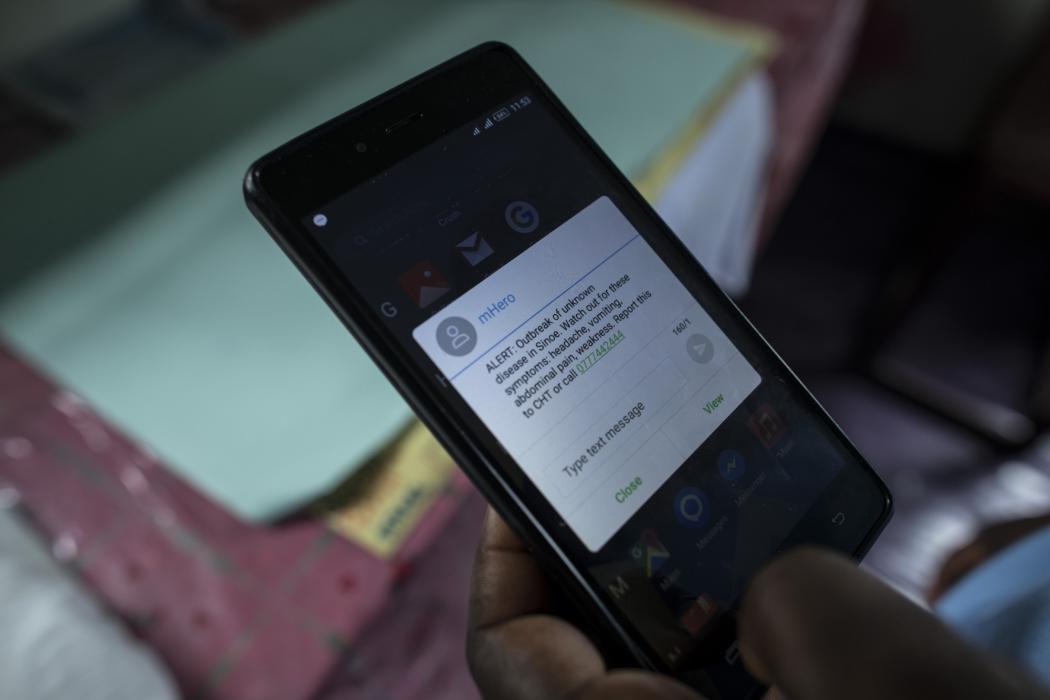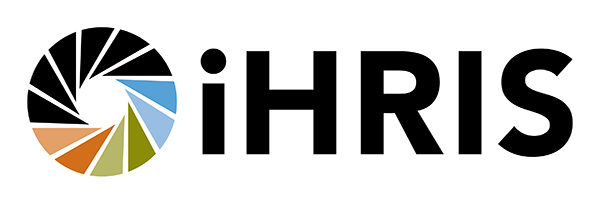Leveraging the Power of Digital Technologies and Data Systems against COVID-19

How can digital technologies and data best be leveraged to support the COVID-19 response in low- and middle-income countries?
Recent efforts to fight the pandemic demonstrate the incredible power that digital technology offers as we rise to face unprecedented global threats and support partner countries’ on their journey to self-reliance.
To fight the spread of COVID-19, information is critical. Responders and decision makers need detailed and timely data about the disease’s spread, and communities need access to trusted and truthful information to protect themselves and their families.
Children are using digital technology to learn, people are using digital payments to send money to loved ones, and local institutions are coming online to deliver services that have been impacted by the epidemic. This requires robust digital tools, internet connectivity, as well as policies and infrastructure to support the responsible use of these technologies and sensitive data.
The response to the Ebola outbreak that hit West Africa in 2014 offers powerful lessons for how to effectively and responsibly use digital technologies and data.
When that outbreak happened, the world was unprepared. The consequences: 30,000 cases, 11,000 deaths, and billions of dollars lost. The scale of COVID-19 is already much broader.
During the Ebola outbreak, the systems West Africa required to gather, analyze, and use data and information were not robust enough to support a timely response. USAID and partners worked together to overcome some of these challenges. The resulting investments show the power of digital technology. In fact, these are programs that have been in use since the end of the Ebola outbreak and are now being used to respond to COVID-19.
